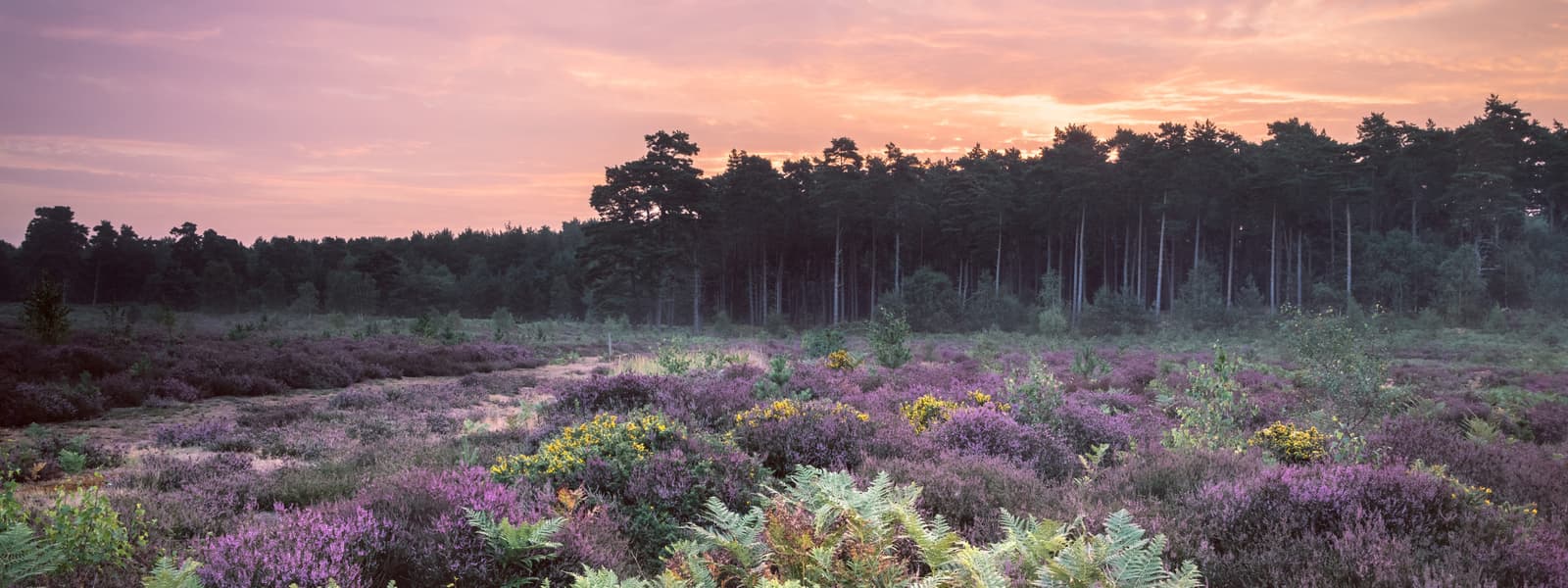Professor Sir John Lawton urges action on nature restoration
Ten years on from his landmark ‘Making Space for Nature’ report, and in context of the Government’s recent response to Julian Glover’s 2019 Review of Designated Landscapes, Professor Sir John Lawton urges Government to invest in a future that delivers for Nature, Climate and People.

Professor Sir John Lawton
With consecutive State of Nature reports confirming that nature is in trouble, we know that urgent action is required to create the conditions for species to thrive. Since 1970, the UK’s woodland breeding bird population has shrunk by almost a quarter, 36 plant species have become extinct. Iconic UK bird species such as the curlew, black grouse, turtle dove and golden plover are now on the International Union for the Conservation of Nature (IUCN) red list, meaning their numbers have reduced by a half in the past 25 years.
We know too, that the effects of climate change are accelerating the rate of nature depletion. The UK’s kittiwake population has declined by 70% since 1986 as climate change has reduced the availability of sand eels, a key food source in breeding season. 48% of moth decline and 60% of aphid decline is due to climate change.
The effects of climate change and nature depletion are two sides of the same coin. Humankind is part of the ecosystem – a healthy environment rich in nature is not a luxury, it’s fundamental to our existence. The habitats that wildlife need to thrive are also what people need for clean air, clean water, for flood defence, for natural places to visit that bring health benefits as well as inspiration and joy.
In 2009, the Government asked me to prepare a strategy to address the nature crisis. The result of this was the 2010 Making Space for Nature report, in which I called for more, bigger, better and joined up spaces to be allocated and protected for nature. Its recommendations still hold true and but the urgency to respond has only increased. After a decade of procrastination, we now need a decade of action.
The publication of Julian Glover’s Landscapes Review in 2019 supported my call for action. It set out a challenge to England’s designated landscapes to step up and deliver more for nature, calling on them to ‘form the backbone of a National Nature Recovery Network’ to provide the joined-up approach that nature needs in order to thrive once more; and to lead the fight against climate change.
If enacted, the changes demanded in the Landscapes Review would be nothing short of game-changing for nature, climate and people in the UK. The Glover Review called for expanded purposes and powers for our AONBs as well as an increase in resources to put them on a firm financial footing to continue to deliver for nature, climate and people. Government’s response suggests they support this direction. If so, then a significant boost in investment and pace of delivery must follow.
Areas of Outstanding Natural Beauty cover some 15% of England’s land area. I have seen the success of their work over many years, and notably now as the chair of North Pennines AONB’s Tees-Swale: naturally connected programme. Tees-Swale sees North Pennines AONB Partnership and Yorkshire Dales National Park Authority working in partnership with farmers and landowners across an 845 sq km area to put farming at the heart of nature and nature at the heart of land management. This collaborative approach, very much in the DNA of the understaffed AONB teams, is an exemplary approach to delivery of ‘more, bigger, better and joined up’.
Nature based solutions are far cheaper than mechanical ones, and have a greater impact, creating more space for nature, limiting the effects of climate change and creating more beautiful green and blue spaces for people. The need to invest in realizing the potential of AONBs has never been greater, I urge Government to take this opportunity with both hands.
